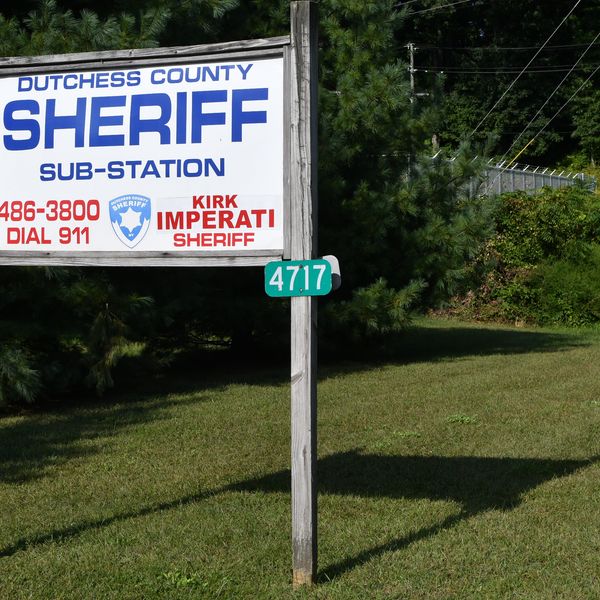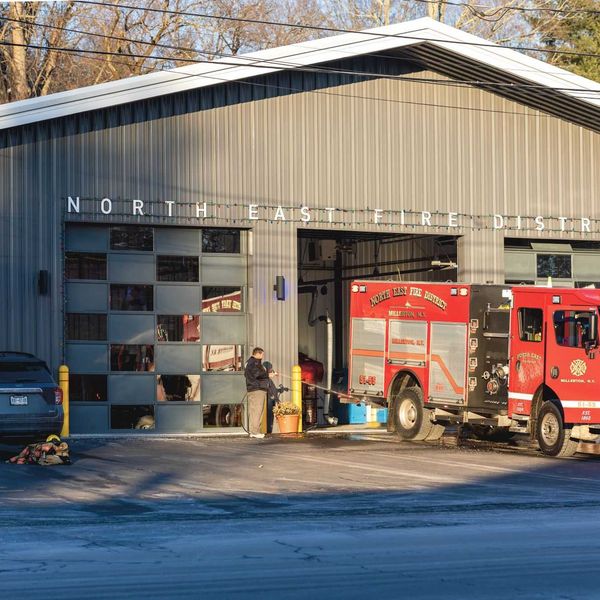Century Boulevard redevelopment session focuses on parking options

Century Boulevard’s redevelopment will be partially funded through the Hudson River Green Community Planning Grants Program and the Northeast Dutchess Fund of the Berkshire Taconic Community Foundation.
Photo by Nathan Miller

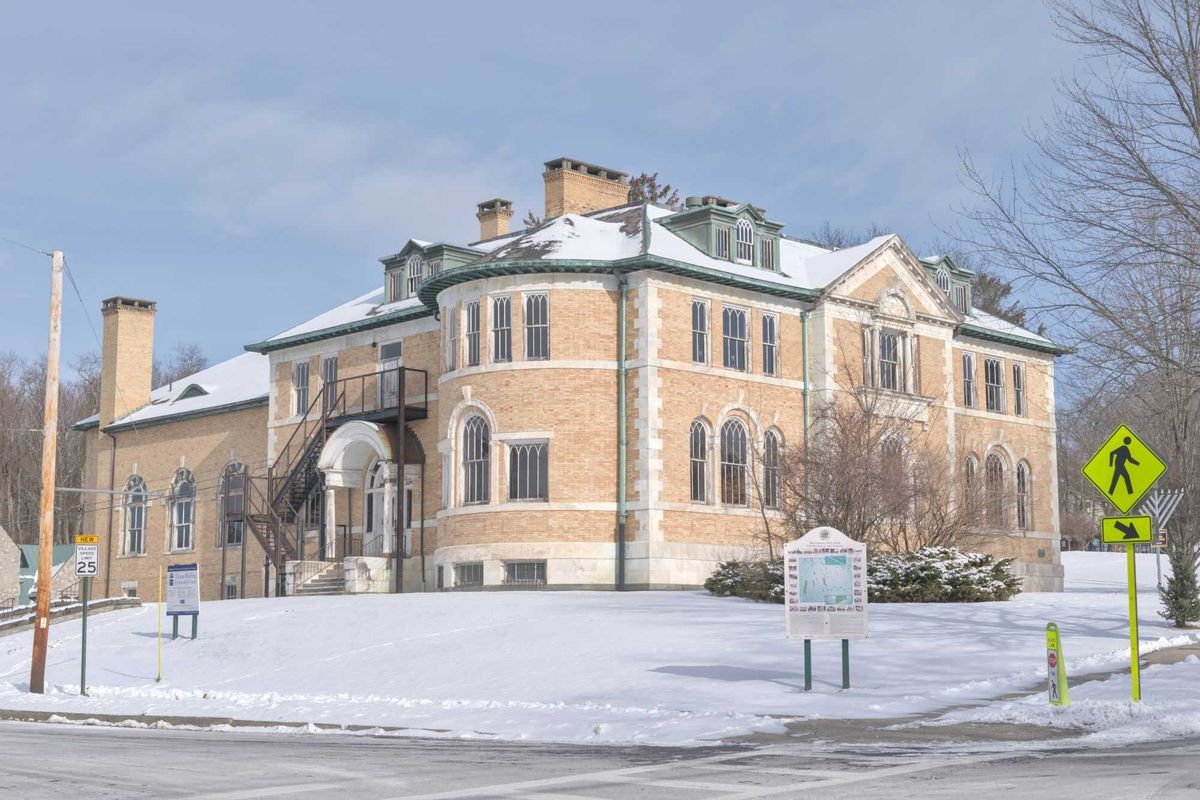

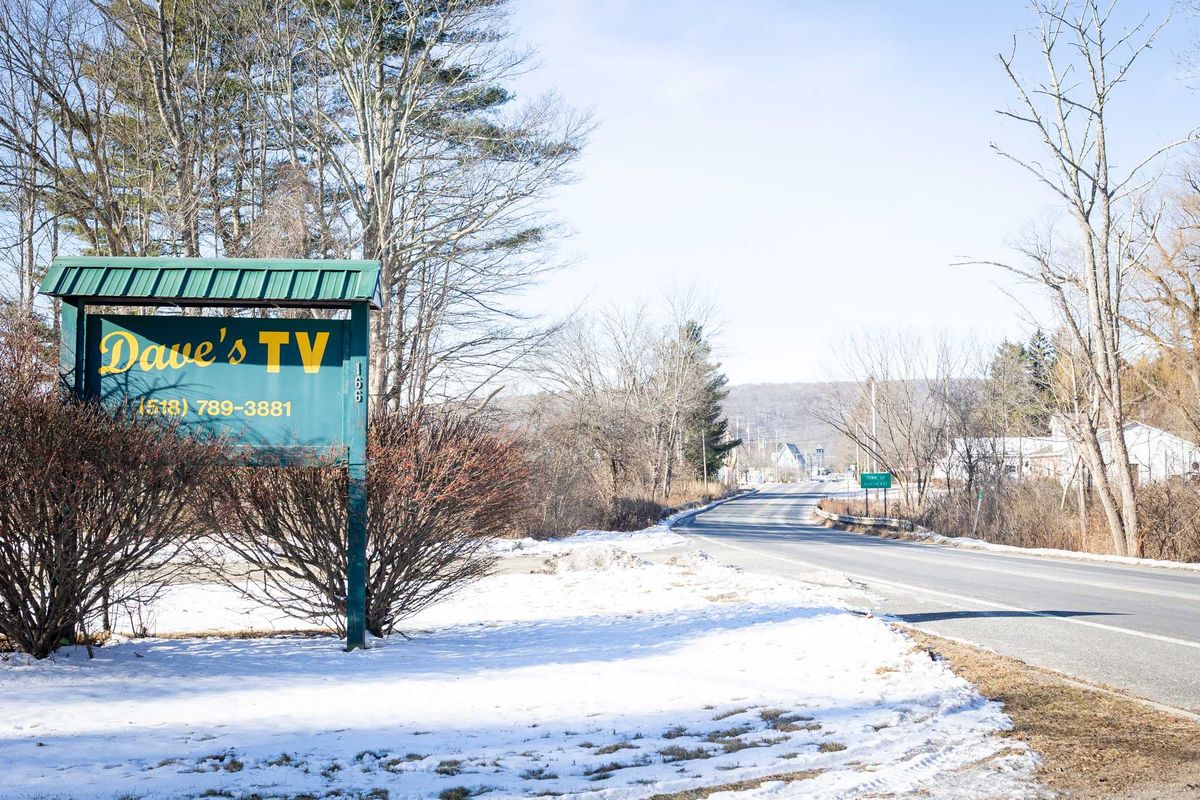
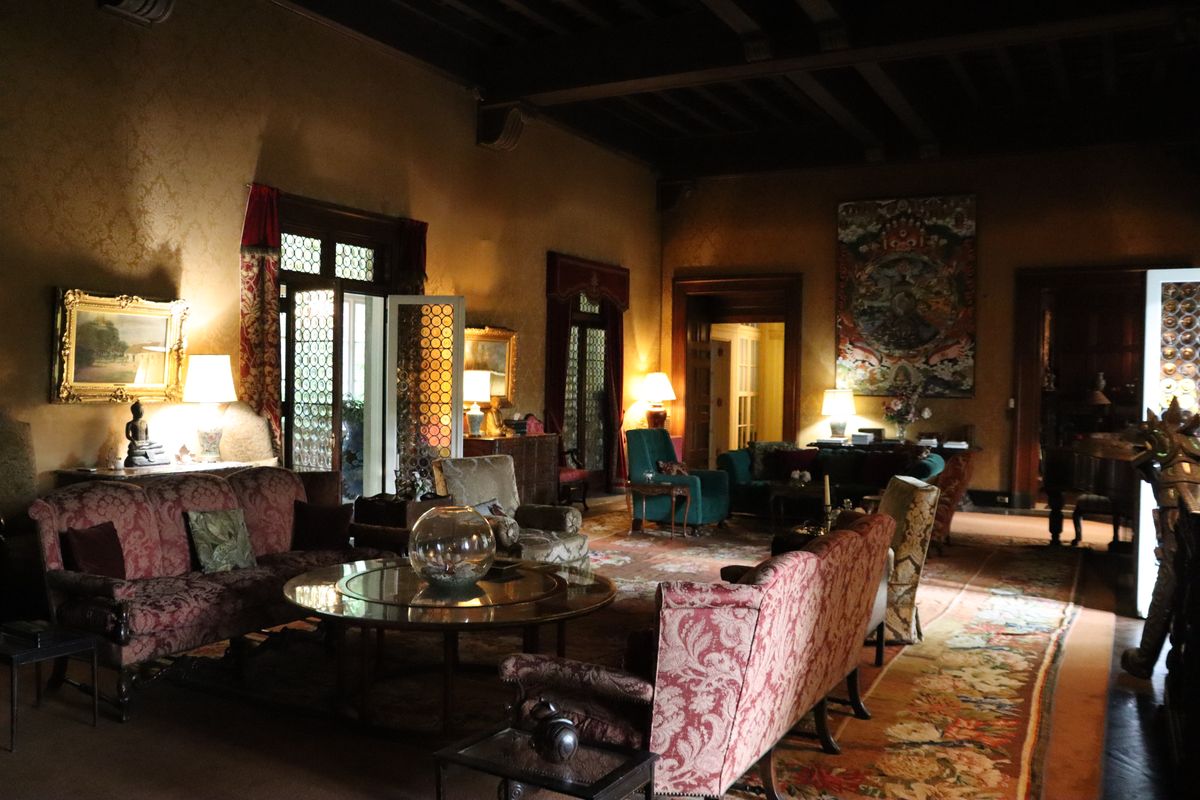
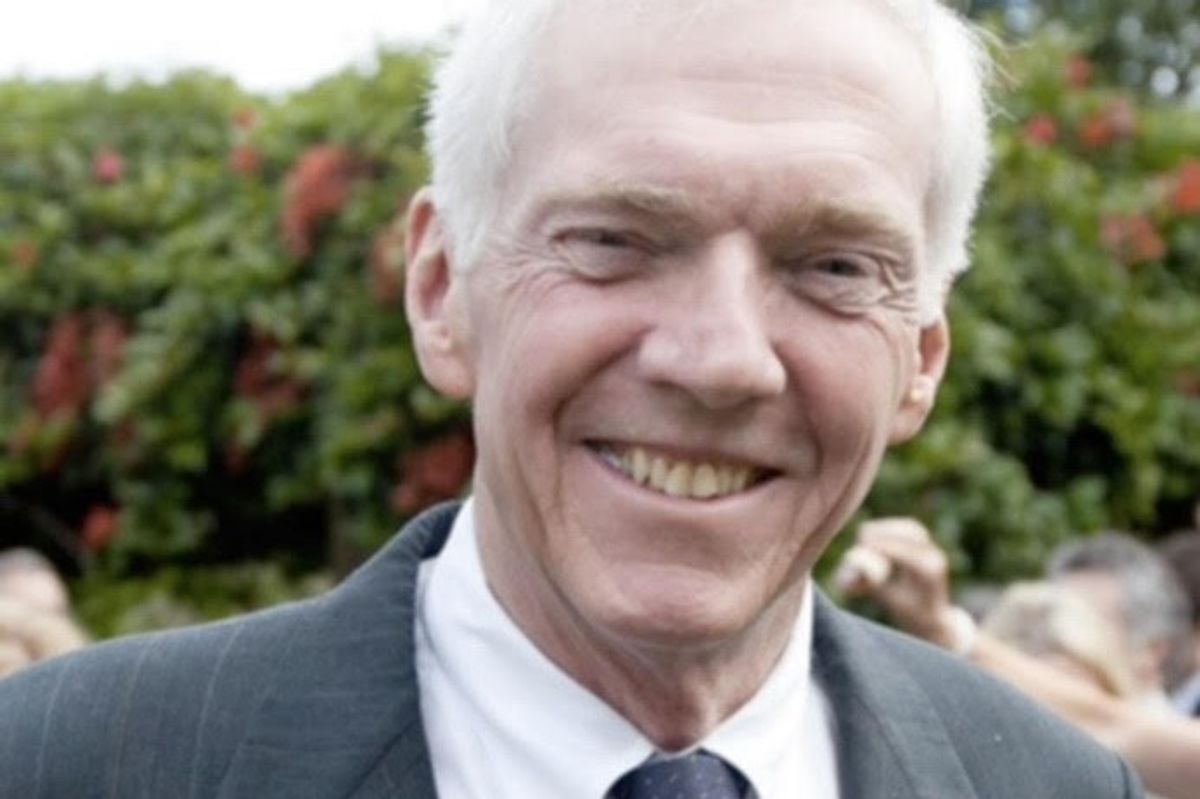
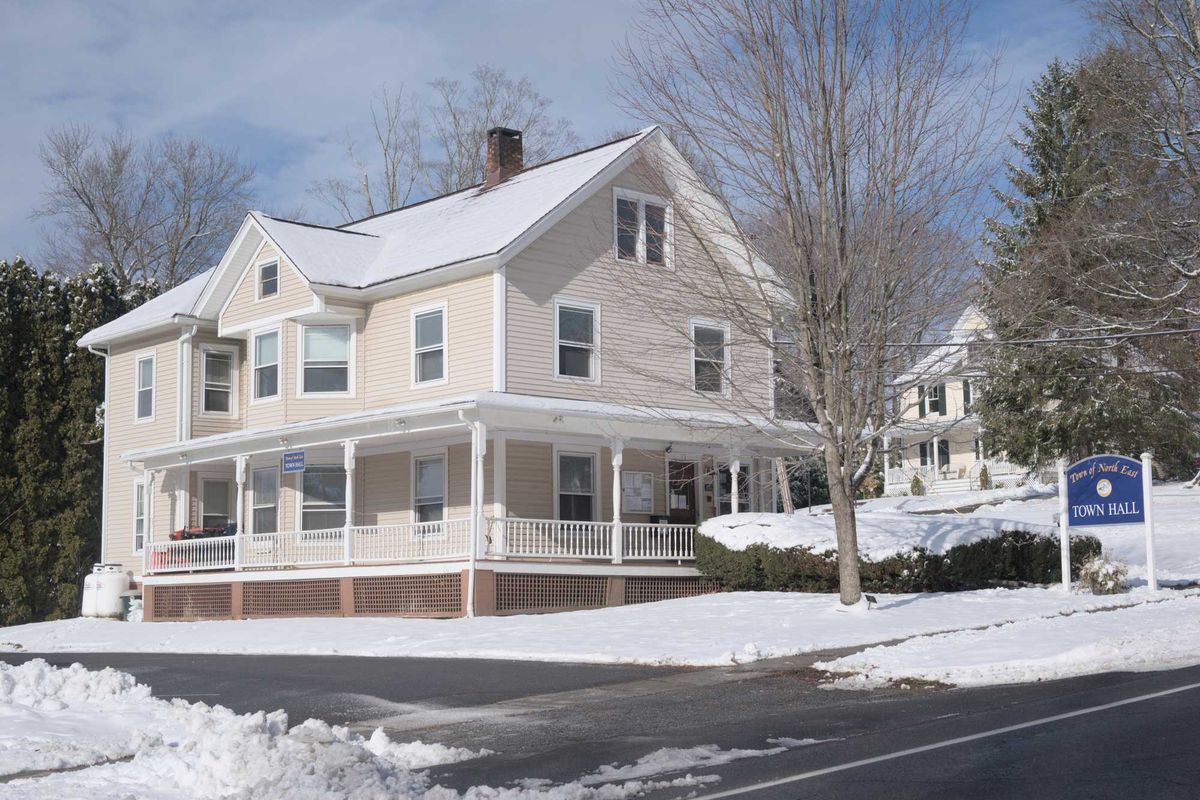
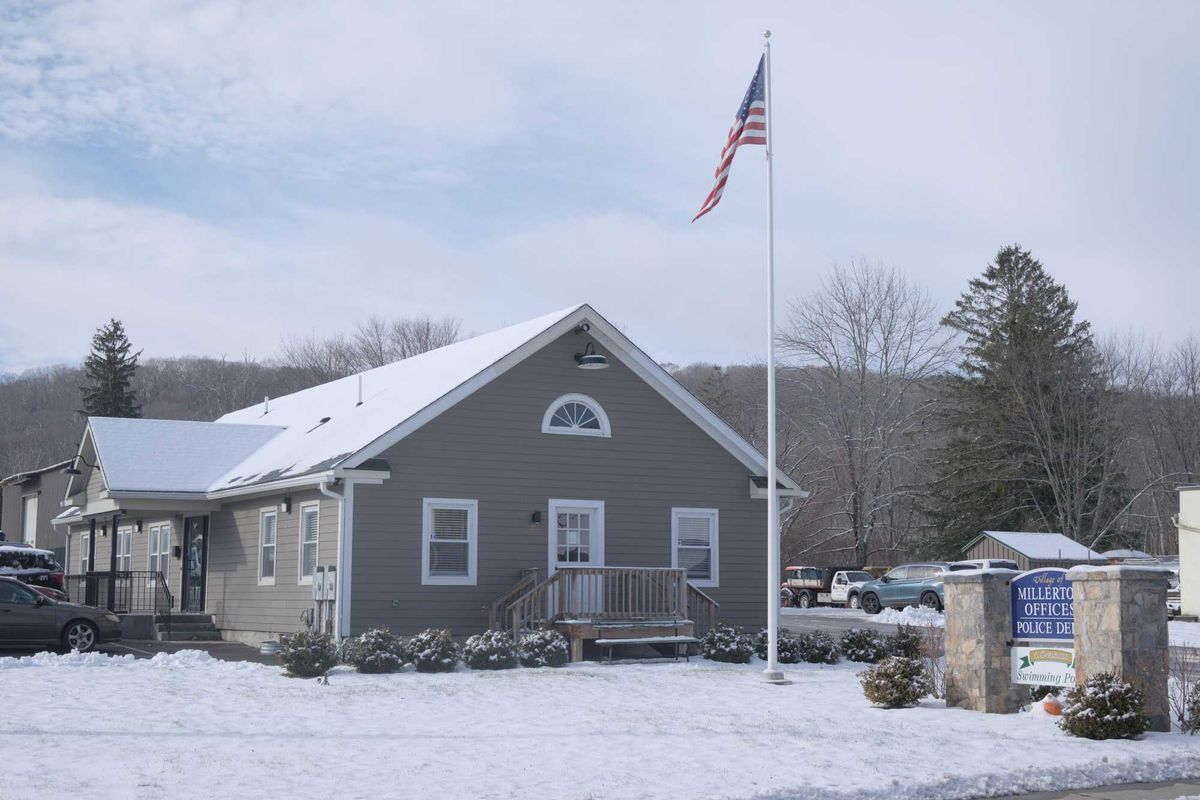
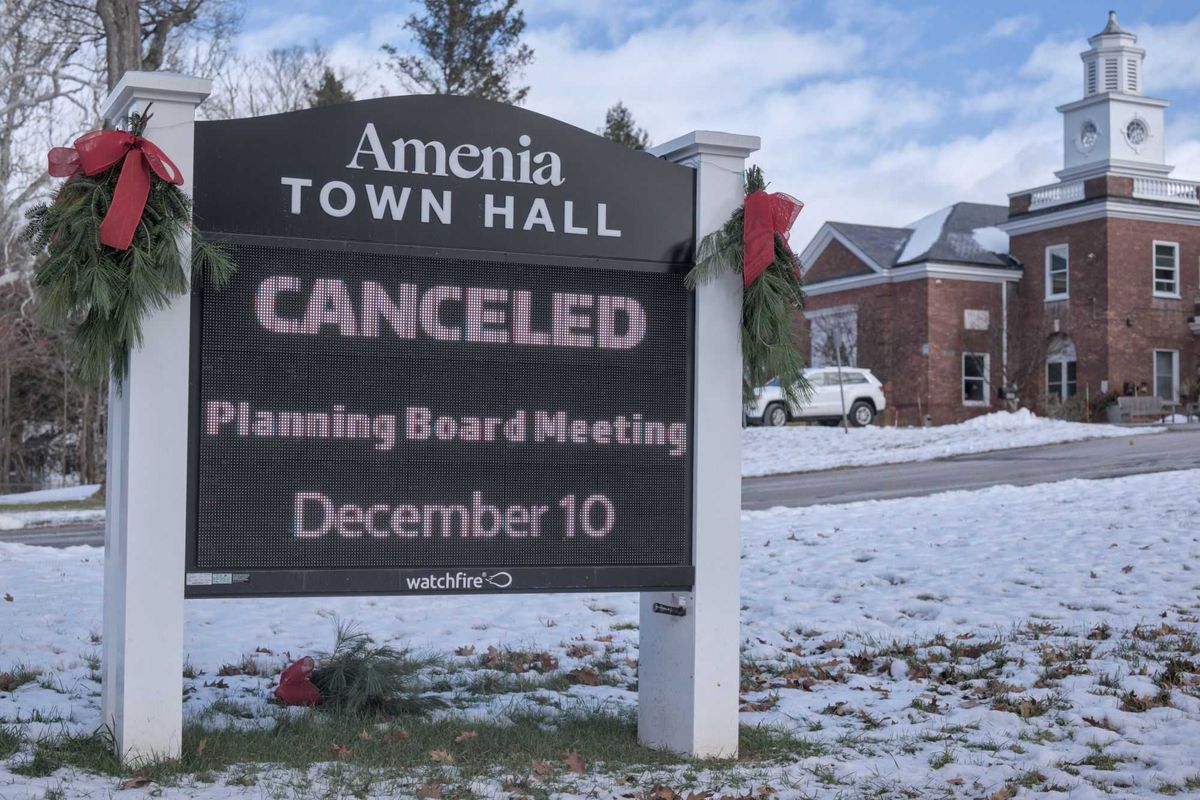
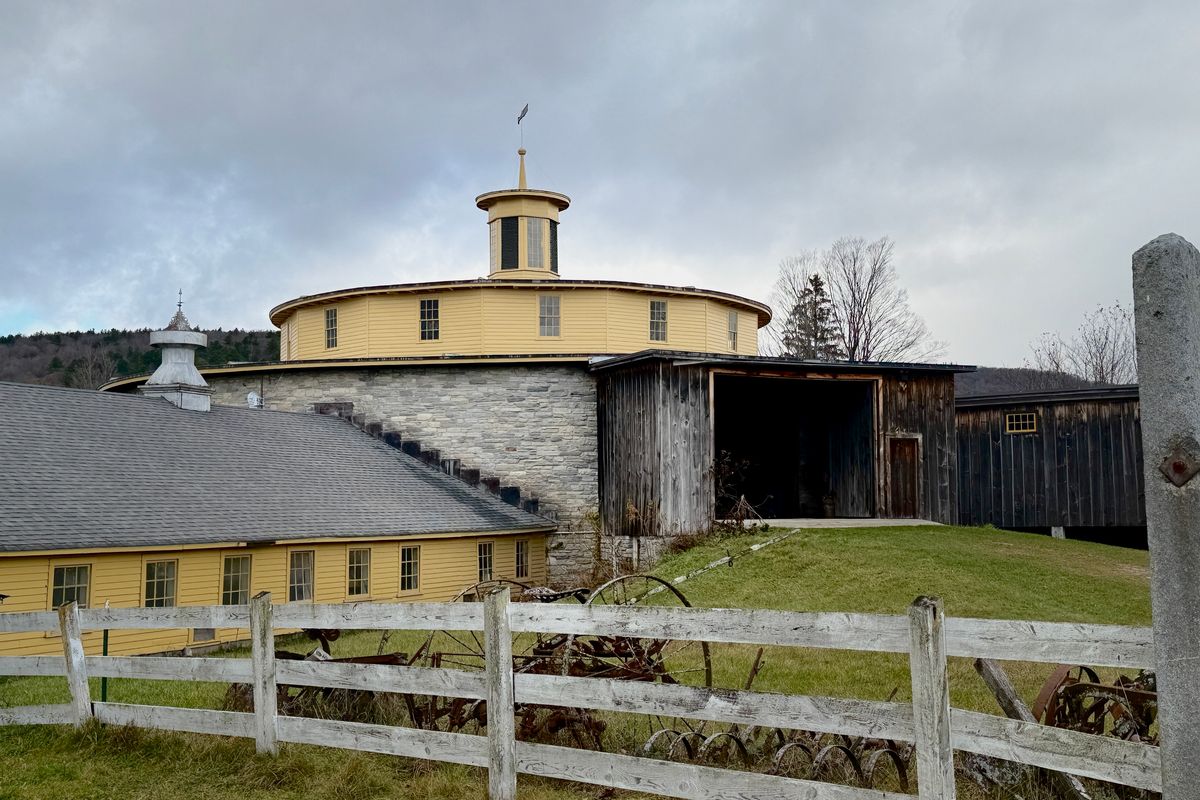
 Shakers referred to their farm as the City of Peace.Jennifer Almquist
Shakers referred to their farm as the City of Peace.Jennifer Almquist

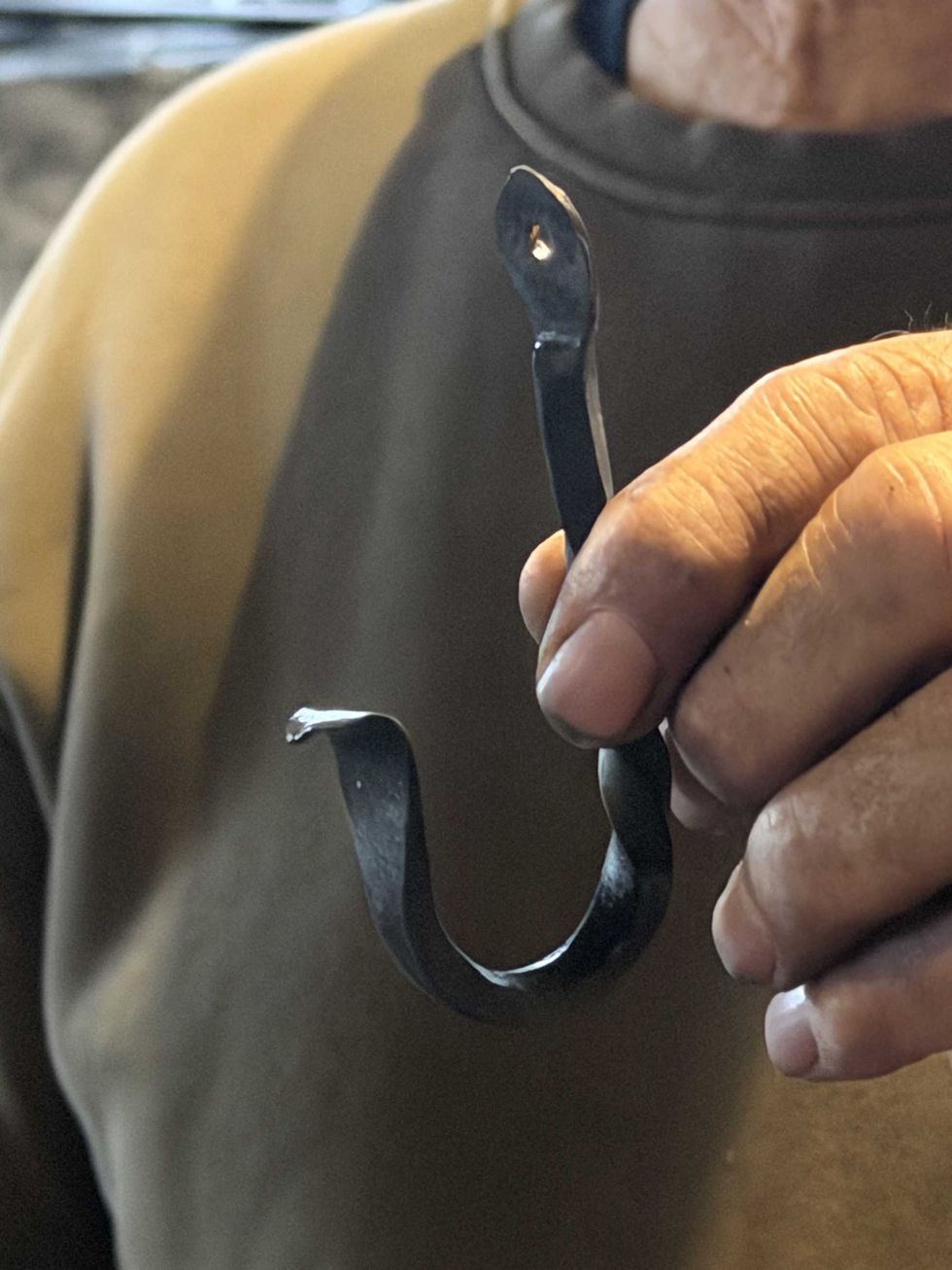
 A Shaker chair.Jennifer Almquist
A Shaker chair.Jennifer Almquist The Shakers embraced practical designs of great utility and beauty.Jennifer Almquist
The Shakers embraced practical designs of great utility and beauty.Jennifer Almquist
